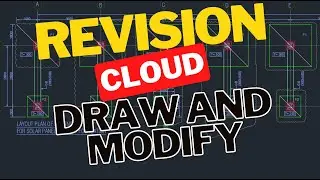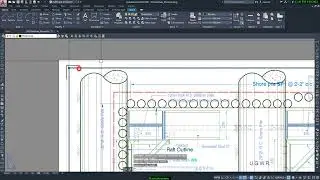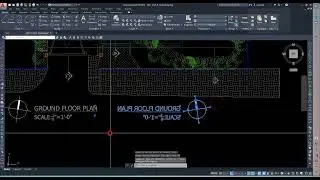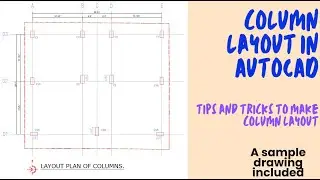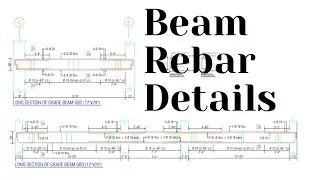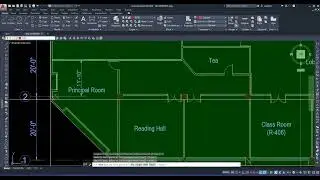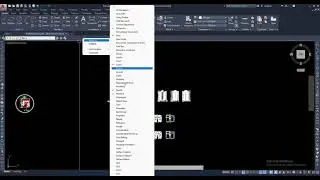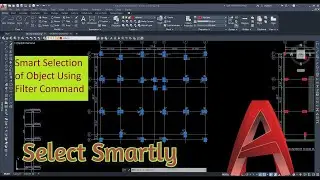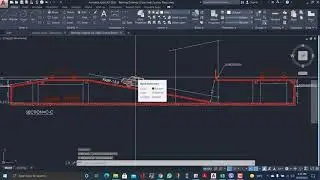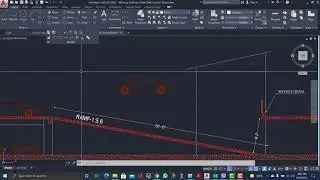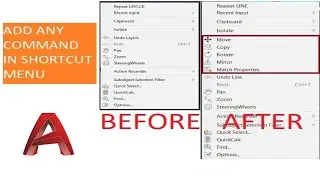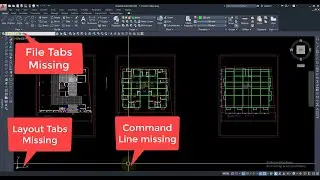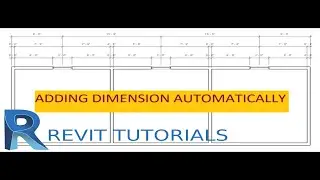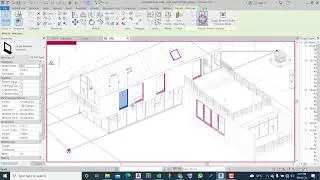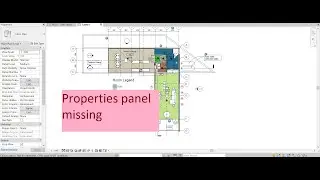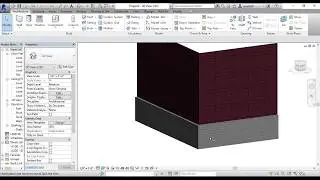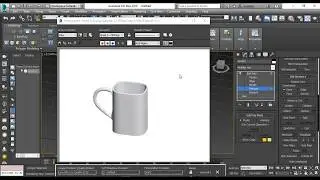Rectangular Array in 3ds max
Creating Simple Linear Arrays
The simplest 2D linear array is based on moving a single object along a single axis. These are the basic choices to make on the Array dialog.
Make these choices in the Array Transformation group:
Use Incremental Move settings where you know the spacing you want between objects.
Use Totals Move settings when you know the overall space or volume you want the array to occupy.
For either of these two types of arrays, enter a value for one axis. Leave the other transforms at their default values.
Make these choices in the Array Dimensions group:
Choose 1D.
Enter a Count value for the number of objects in the array. The Total In Array field updates to show you the current total of objects in the array you are designing.
Click OK to create a linear array along the chosen axis, with the number of objects specified by Count.
2D and 3D Linear Arrays
Arrays in 2D and 3D have the same Array Transformation group setup as 1D, with the addition of Incremental Row Offsets settings for moving the additional dimensions apart.
Set 2D or 3D and enter a Count value.
If you set 3D, the 2D values also become available. Both Count values are 1 by default, which has the same effect as 1D. Set the 2D and 3D Count values greater than 1 to produce a more complex array.
Set a nonzero value for at least one Incremental Row Offsets setting for 2D and 3D. Otherwise, there will be no separation between the 1D row and the new clones.
A wide variety of linear arrays are possible. Experiment with moving along all three axes and varying the row offsets in 2D and 3D.








